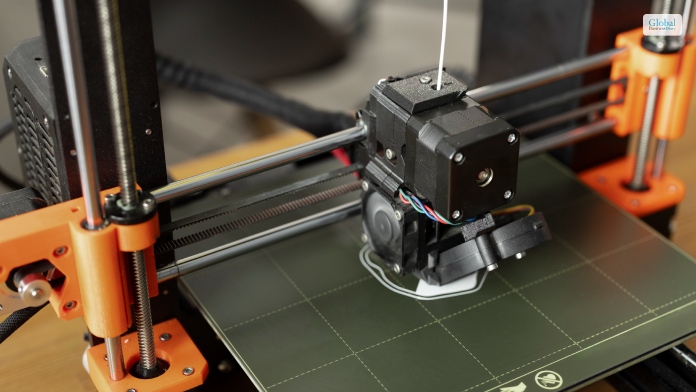Top 7 Best Business To Start In Less Budget In 2021

Are you planning to start your own business within a limited budget? If yes, then you must consider certain essential things in the light of this matter. You must decide in advance which is the best business to start for the first time.
Proper development of the business model is the most useful thing you must focus on from your end to developing your business within a limited budget. You must understand that you must start with less budget to maximize profitability if you want to be successful in your business or your entrepreneurship model.
Best Business Ideas In 2021
There are several business ideas that you must consider from your end. Therefore, less explore some of the essential facts in the light of this matter. Therefore, let’s get into the details to get a better insight into it. The best business to start in 2021 is illustrated below.
1. DropShipping
Dropshipping is the most influential business model that most of the new-age entrepreneurs are now opting for. It does not require any heavy investments from your end. You may want to buy, or you may want to sell the products online, but it may happen that you may not have the money to sell the products online.
All you have to do is set up an online store with your partners and suppliers. You do not have to do the product research from your end; you just need to sell the existing high-value products, and you can earn a lump sum amount of commission from it. It is one of the best business to start in 2021.
2. Translation
The translation is the most influential business model that you start doing from your end. It is one of the best business to start in 2021. You must understand that if you are developing your business model, you must start a business within a limited budget.
Proper translation can help your business to grow in the right direction. It can help you to improve your revenue earning capacity in the right manner.
Ensure that your business model must be lightweight, and it can help your business grow in the right direction. You need to monetize your skills to earn more because multilingual people are in high demand right now.
3. Virtual Assistant
One of the most successful business ideas is the virtual assistant services that can help the solopreneurs develop their brand image. Managing the day-to-day management of your business’s solopreneurs may require help.
They do not have enough time left to manage every affair of the business in a better manner. You must develop the business models that can help you grow in the right way.
The solo-prenuers use virtual assistants for attending the meeting, answering emails, and performing other administrative duties. You must not compromise on the quality of choosing virtual assistants.
Your business model must support the people who are looking for virtual assistants. You need to develop your brand image in the right direction.
4. Website Flipping
Website flipping is one of the best business to start in 2021. The best thing about website flipping is that it can help your business grow in the right direction. It is the most lucrative option to earn money.
You can purchase one website that you are already running, and you need to improve the design and features of your website. After that, you can sell the website at a higher price. You need to develop your website flipping business by seeking the best clients who can pay you well.
Shopify is an excellent marketplace for exchange as it allows you to buy e-commerce websites.
5. Online Tutoring
Online Tutoring is another best business to start in 2021. You need to develop your business in such a way that it can help your organization to grow in the right direction. You may be an expert in the Arts, Mathematics, and in another subject, but you need to develop that skill to help your business grow in the right direction.
Online Tutoring is the new age business domain that can provide you more revenue at a minimum expense. You must have the constructive knowledge and the skills to develop your brand image in the best possible manner.
6. Content Writing
Content writing is the best business to start in 2021. The reason is we live in the digital world. Within every second, a new website is launched in the market, and it requires articles and blogs every time. You need to understand these facts while you develop your business.
You need to understand that you must write quality content that can help your website rank well in the SERP for improving your business ranking in search engines. Copywriting or content writing is the most influential business model that can help you to earn more revenue at a lesser cost of investments.
7. Career Coaching
Career coaching is the most influential business model that can help you to earn more revenue in a short time frame. The best thing about this business model is you just need to guide the students about their aspiring career path to achieve their career goals in the best possible manner.
For developing your business, you must explore the options that suit you the best. It will help you to achieve your goals in a better manner. You must not make a filthy choice from your end. Your approach must be in a positive direction.
Conclusion
Hence, if you want to select the best business to start your career, then you must select from the above option. You must develop your business understanding so that it can help you achieve your business goals in the best possible manner. The most important fact here is whatever business model you choose must meet your requirements.
Ensure that your business model must meet your requirements in the best ways to reach your goals. The only thing that you must consider from your end is that the business model you have selected must quickly reach the break-even point quickly.
Read Also:




















